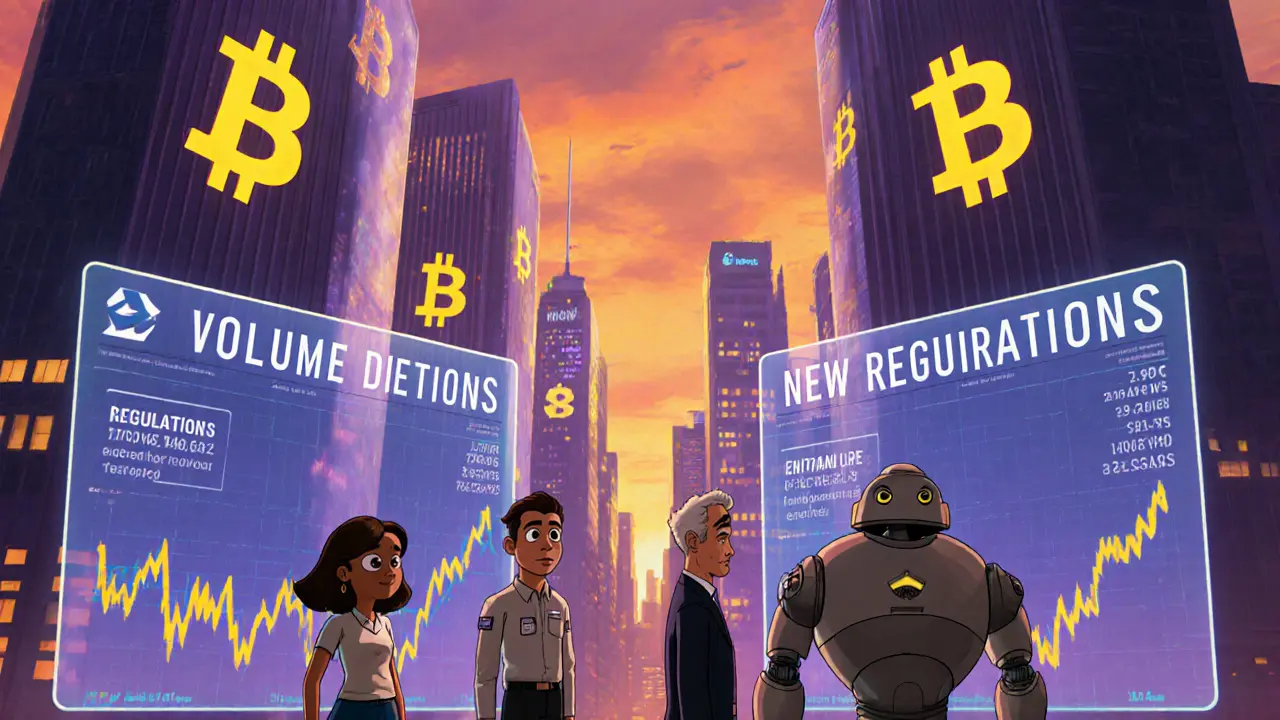MiCA – EU Crypto Regulation Explained
When talking about MiCA, the Markets in Crypto‑Assets Regulation that governs crypto tokens, stablecoins, and service providers across the European Union. Also known as Markets in Crypto‑Assets, it sets a unified legal framework to protect investors and ensure market integrity. Alongside MiCA, stablecoins, digital assets pegged to fiat currencies or other assets that aim to reduce volatility have become a focal point because the regulation classifies them as “asset‑referenced tokens” with stricter capital and reserve requirements. Meanwhile, crypto exchanges, platforms that facilitate buying, selling, and trading of digital assets must obtain a European passport, implement robust AML/KYC procedures, and publish clear prospectuses for token offerings. In short, MiCA encompasses the rules that affect every layer of the crypto ecosystem—from token issuers to custodians and DeFi protocols—forcing the industry to adopt transparent governance and consumer‑first safeguards.
Why MiCA matters for crypto players
MiCA requires issuers to disclose tokenomics, governance models, and risk factors, which mirrors the disclosure standards of traditional securities. This creates a direct link between DeFi, decentralized finance services that operate without intermediaries and the new regulatory expectations: smart‑contract platforms must now embed compliance hooks or risk losing access to EU markets. The regulation also influences cross‑border services; a crypto wallet provider based outside the EU needs a registered agent within the bloc to comply with MiCA’s consumer‑protection clauses. By setting a clear capital‑adequacy floor for stablecoins, the EU aims to prevent a repeat of past market crashes, which in turn pushes exchanges to offer only compliant tokens, protecting traders from sudden de‑peg events. Lastly, the framework promotes innovation by providing legal certainty—start‑ups can design token structures knowing the exact compliance roadmap, which shortens time‑to‑market and attracts institutional capital.
Below you’ll find a curated selection of articles that break down each of these pieces in plain language. From deep dives on how stablecoins meet reserve requirements, to step‑by‑step guides for exchanges looking to secure a European passport, the collection offers practical insights you can apply right now. Dive in to see how MiCA reshapes the crypto landscape and what you need to do to stay ahead of the regulatory curve.
Why Crypto Trading Volume Drops After New Regulations (2023-2025)
Explore why crypto trading volume fell after 2023-2025 regulatory changes, with data, case studies, and future outlook.
- 25
- Read More
